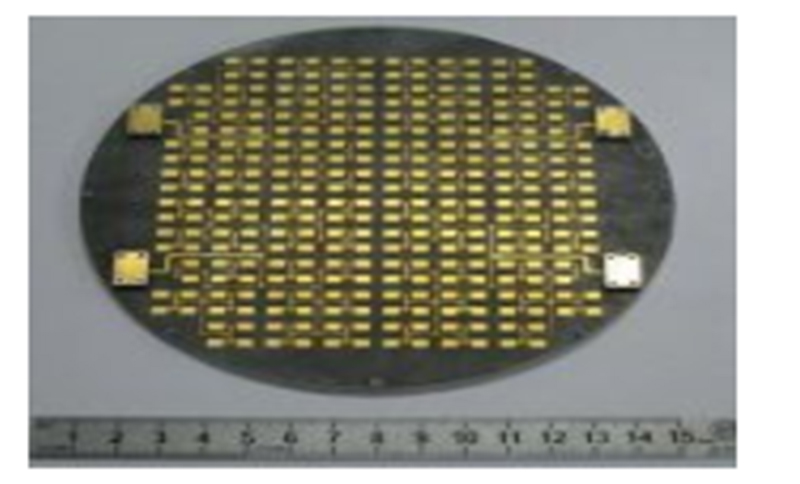Microstrip Receiver Antenna Applications
Microstrip receiving antennas are a new type of receiving antenna tube that emerged in the 1970s. As early as 1953, Deschamps proposed the concept of using the radiation principle of microstrip lines to produce microstrip receiving antennas. It was not until the advancement of theoretical microstrip channel transport boards and photolithography of copper-layered media substrates that the first practical microstrip receiving antennas were developed by scholars such as Munson and Howell. After the seventies, microstrip antennas have progressed both theoretically and in terms of the breadth and depth of applications, and have shown great potential for practical applications.
All kinds of new pipeline and new performance of microstrip receiving antennas have been revealed, and widely used in satellite communications, navigation remote sensing, remote sensing, weapons and information management and other military fields, as well as modern mobile communications, private communications, medical components, background care, and other peoples lives in the field.
Microstrip receiver antenna analysis board type
Up to now, in order to correctly obtain the special properties of radiation, various physical patterns have been shown to simulate microstrip antennas. However, regardless of the theoretical analysis method, they are all solving Maxwell's equations under the specially specified boundary conditions, but the methods of dealing with the specially specified boundary conditions are different, and the specific solutions in the derivation process are different. The physical plate types that have been proposed include the channelised transport line plate type, the body cavity plate type, the standard pattern spreading plate type, the metal wire mesh plate type, and the radiation aperture plate type, etc. These methods complement each other. These methods complement each other and each has its own strengths and weaknesses.
Conveyor line plate type method can be suitable for use in most engineering applications, the final result, and the amount of calculation is also half a large, but the conditions of use of this method has a limitation, only suitable for profiling the rules of rectangular patches. From an arithmetic point of view, the main methods are the channel transmission line method, the cavity mode theory method and the vector bit method. The method of moments and the finite element method are also used as appropriate for the analysis of microstrip radiation elements from the digital computational point of view.

Classification of Microstrip Receiver Antennas
Microstrip receiver antennas are classified in many ways, according to the unique structure, microstrip receiver antennas are generally divided into microstrip patch receiver antennas, microstrip seam receiver antennas and microstrip receiver antenna arrays (mainly refers to the microstrip travelling wave receiver antennas), which are three types. According to the style classification, there are round, rectangular, circular microstrip receiving antennas and so on. According to the classification of the office principle, can be divided into resonant type (standing wave type) and non-resonant type (travelling wave type) microstrip receiving antenna.
1.Microstrip patch receiving antenna is composed of media substrate, radiating patch and grounding plate, is a common microstrip receiving antenna pipeline. The radiating patch unit has various styles, no matter it is a regular rectangle, polygonal shape, or irregular duck egg circle, ring or sector, etc., all can be used as radiating elements. The maximum radiation direction of such microstrip receiver antenna is generally in the direction of measurement, i.e., the lead is straight in the direction of the square of the substrate.
2.Microstrip seam receiving antenna because of its seam on the ground plate, so the feedback on the substrate in the excitation encouragement, through the seam can be radiated to the side of the ground plate. The style of the slit can be varied according to the actual situation.It can be divided into narrow slit antennas and wide slit antennas. Microstrip seam receiving antennas can generate radiation on both the side of the radiating patch and the side of the ground plate; they require lower manufacturing tolerances; and they can generate circular polarisation effects when the microstrip oscillator receiving antenna is connected. It is also a relatively common receiving antenna.
3.Microstrip travelling wave receiving antenna is composed of a circuit substrate, a grounding plate and a series of air string radiators, radiators can be chain cycle structure, can also be the usual long TEM channel transmission line. After the terminal is connected to the general load, it can be formed into a microstrip travelling wave receiver antenna. The different presets of the receiving antenna structure allow the maximum radiation direction of such microstrip travelling wave receiving antennas to be located in any direction from side to end radiation.